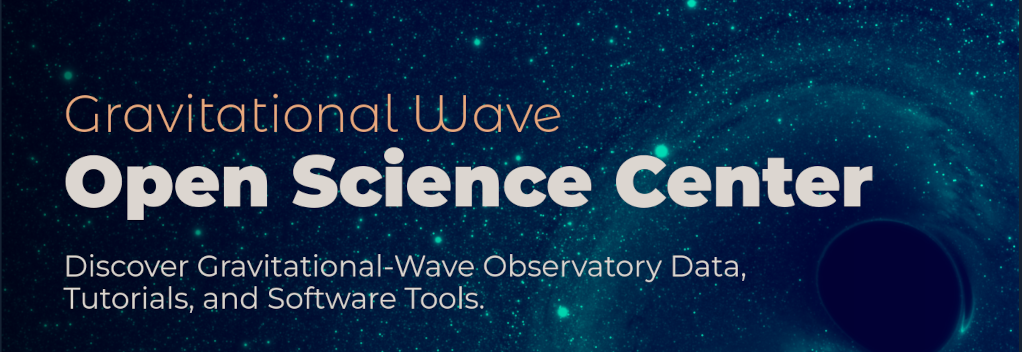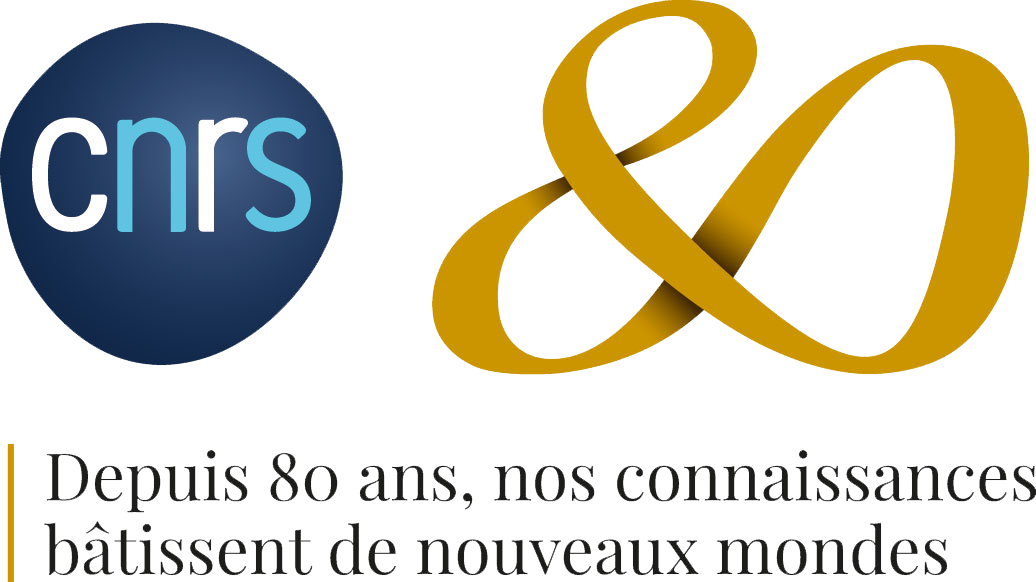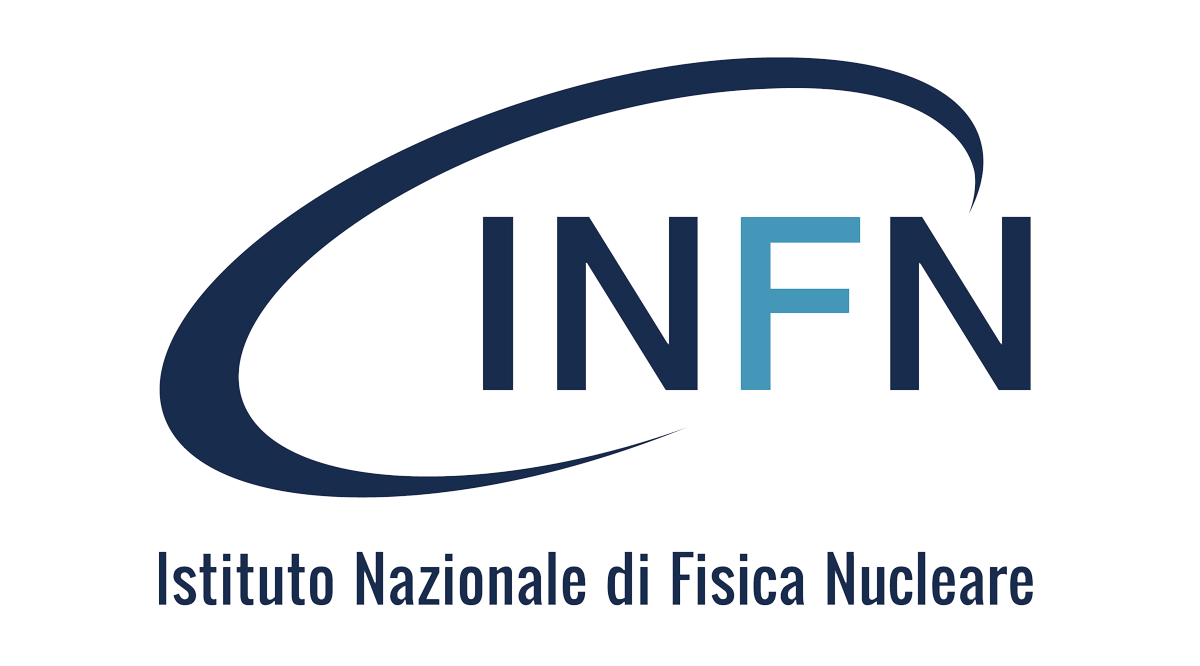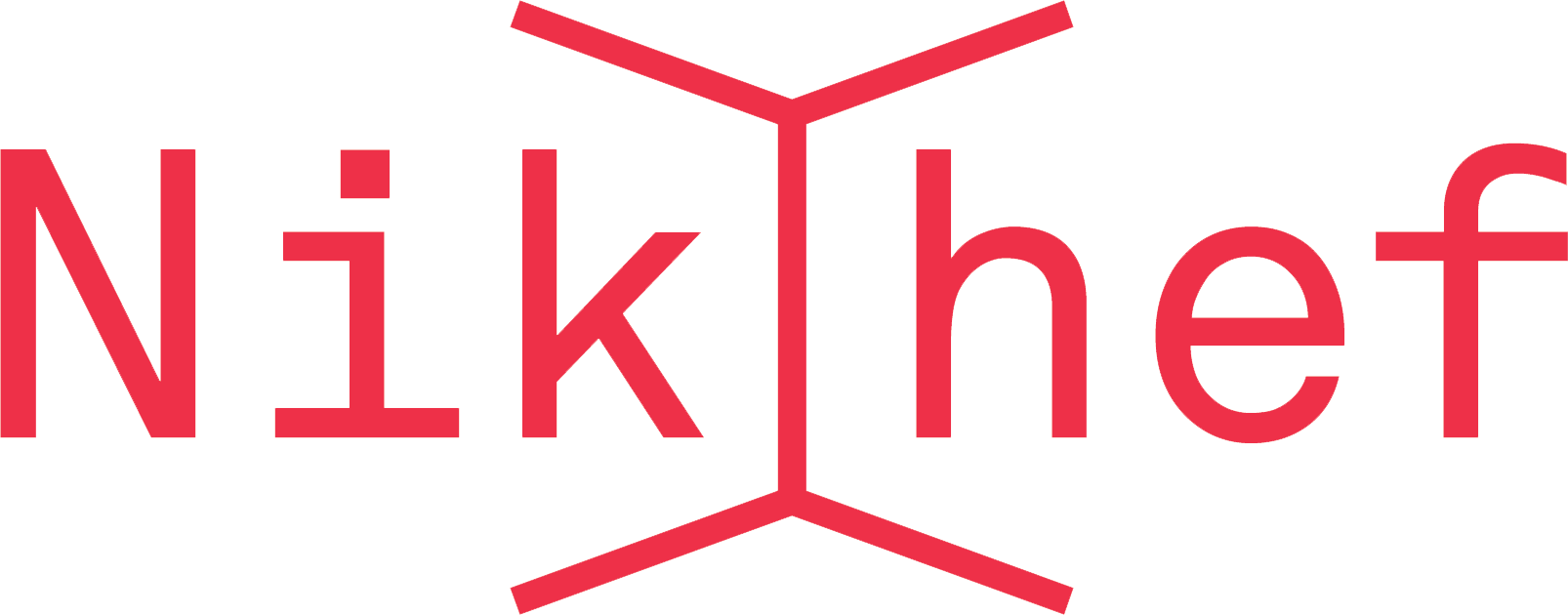In its data management plan, the LIGO–Virgo–KAGRA Collaboration (LVK) has committed to the principles of open science, proving that science works best when data and knowledge are shared. For this reason the data recorded by detectors in the LIGO – Virgo – KAGRA Collaboration are made public to anyone in the world after a period of 18 months, so that the scientific community as a whole can use them in their research. In a paper published recently the Collaboration provides a thorough description of the latest major data set publicly released, associated with the third observing run (O3), and instructions on how the data can be read and used for research purposes.
Public data release for the LVK Collaboration is done through the Gravitational Wave Open Science Center (GWOSC) and follows the so-called FAIR Guiding Principles for scientific data management and stewardship. This ensures that the data are made Findable (i.e., discoverable through the GWOSC web server), Accessible (i.e., can be downloaded directly from the web interface, or from other channels such as CernVM-FS and the network data server NDS2), Interoperable (using international standards such as HDF5, that are compatible with open source softwares) and Reusable (thanks to a rich documentation and metadata, released with a license, ensuring they may be freely reused with minimal restrictions). This allows the reproducibility of the analyses performed by the team of the LVK and increases the impact of the data through its wider use.
Through this article, readers gain insight into the data. This includes how the release data format was obtained from raw measurements through a process known as calibration; and how the data were curated through filtering and cleaning to make them usable. Moreover it describes how the data are stored in the files that are released to the public. Finally, suggestions on software tools that can be used to access and use the data are made.
GWOSC gives access to recordings of the detector arm length difference, which is a measure of the strain of passing gravitational waves, during the full months-long observation period and also in shorter, one-hour snippets around detected gravitational wave signals. Each period of time is associated with an indicator of data quality at that time, based on the status of the detector.
The GWOSC also includes an “event portal” that provides an electronic version of the GWTC (Gravitational-Wave Transient Catalog) catalogs, collecting all gravitational signals detected in the data by the LVK teams (also called “events”). This database is searchable and can be accessed programmatically. That may turn out to be convenient as the number of events is large, with about 80 new detections made during the observation run O3, that took place from April 1 2019 to April 21 2020.
Click here to read the article, here for the science summary and here to learn more about GWOSC!
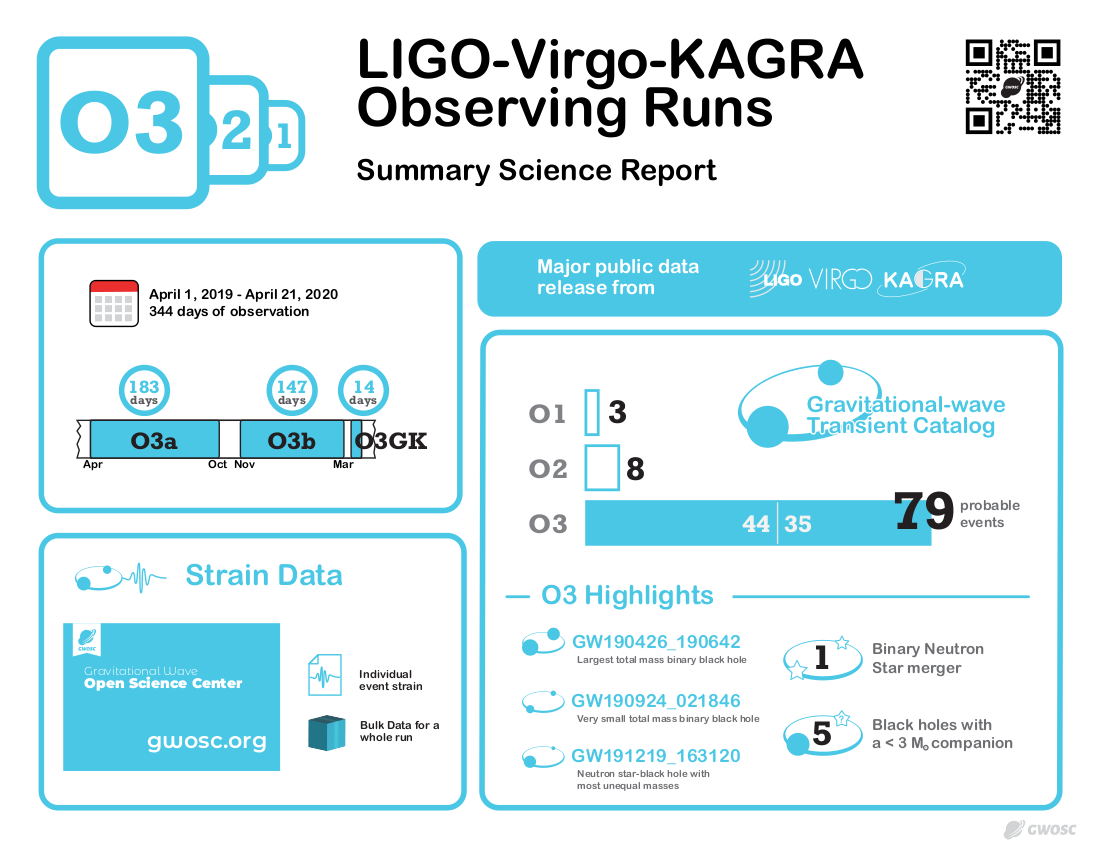
Contacts
Via E. Amaldi,5
56021 Cascina (PI) – Italy
Tel +39 050 752511
Contact us
How to reach us

